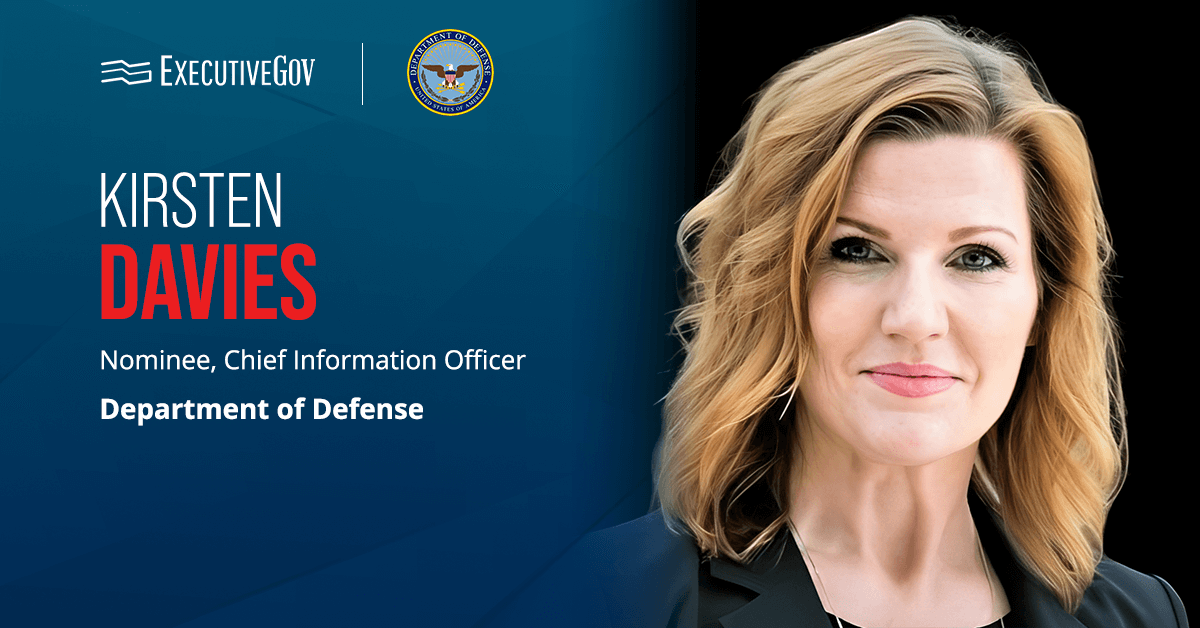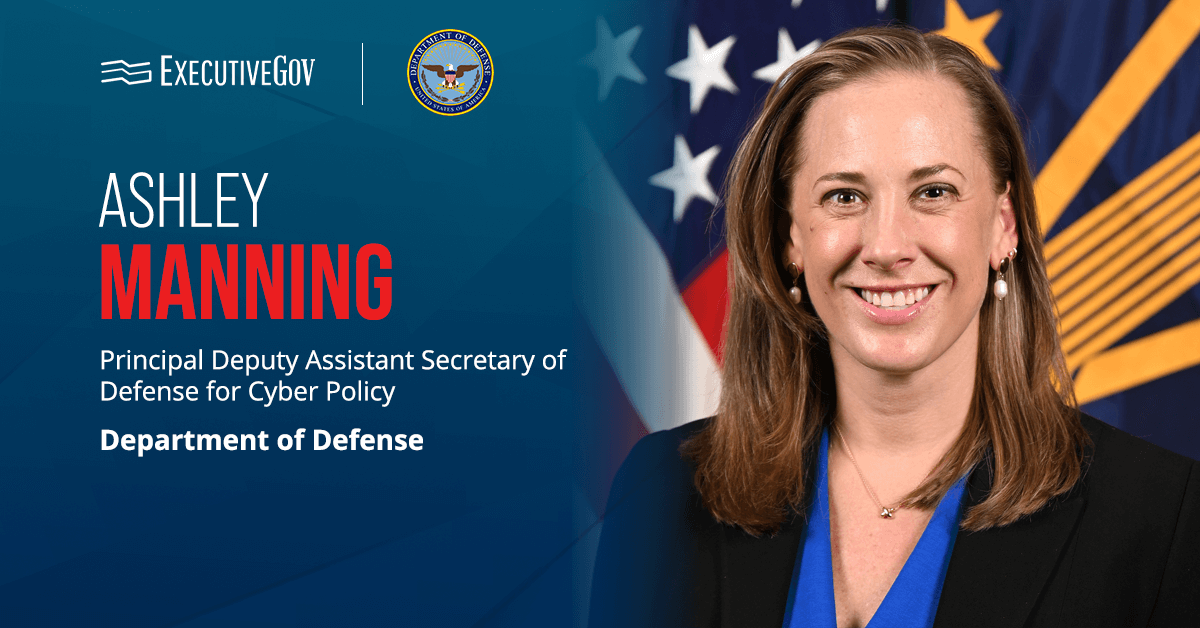The Naval Air Warfare Center Weapons Division has conducted the first-ever air launch of a Solid Fuel Integral Rocket Ramjet, or SFIRR, from an unmanned vehicle.
Table of Contents
Missile Tech Modernization Advancement
NAVAIR said Wednesday the SFIRR missile was launched from a BQM-34 unmanned target vehicle during a test held over the Point Mugu Sea Range. The successful air launch marks a crucial step in modernizing missile technology for future Navy missions.
The NAWCWD, as the lead prototype integrator, was able to combine advanced propulsion, avionics and fire control technologies into the SFIRR technology demonstrator in 12 months. This accelerated transition from research to deployment ensures mission-readiness providing warfighters with a significant advantage in combat.
SFIRR optimizes missile propulsion by removing the intricacies in liquid fuel ramjet propulsion, resulting in less weight, more payload capacity, enhanced maneuverability and extended range.
BQM-34 Unmanned Target Vehicle Testing
The test also involved live firing a BQM-34 unmanned target vehicle using an integrated fire control system. This enabled the evaluation of the progress in high-speed, long-range weapon capabilities. Furthermore, the test demonstrated that the ability to launch missiles from unmanned vehicles enhances warfighter safety by allowing them to engage targets from a safe distance.
“This successful integration validates key aspects of our design and moves us closer to delivering an advanced propulsion system that will provide warfighters with greater range and speed,” said Abbey Horning, product director of advanced concepts, prototyping and experimentation at NAWCWD.
Join the Potomac Officers Club as it hosts the 2025 Navy Summit on August 26, where naval and maritime leaders discuss innovative solutions, forge strategic partnerships and shape the future of naval operations.














